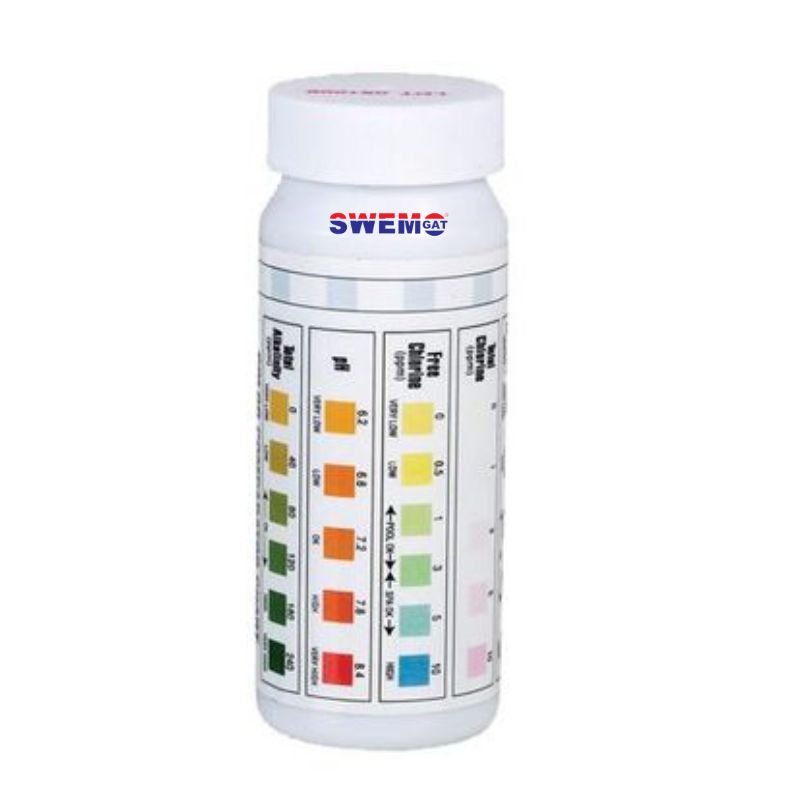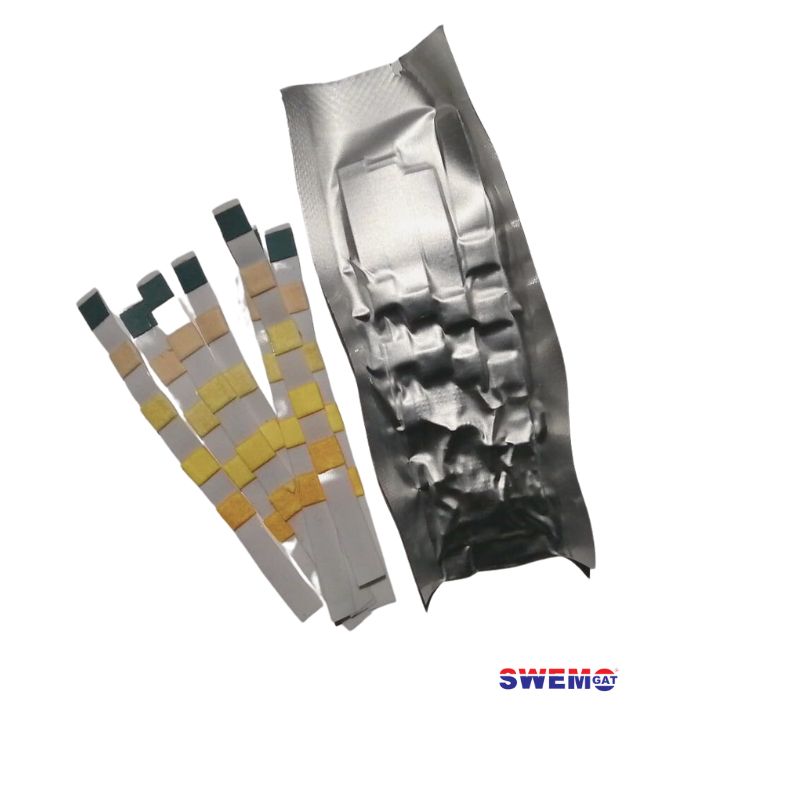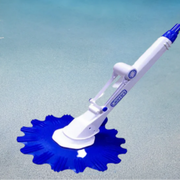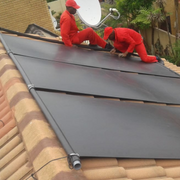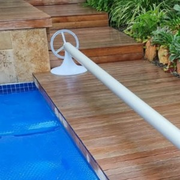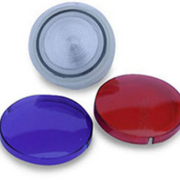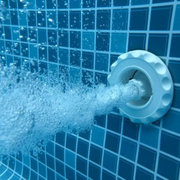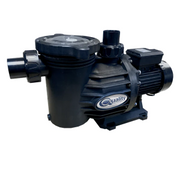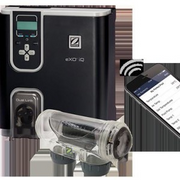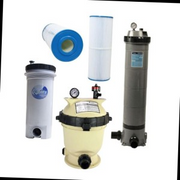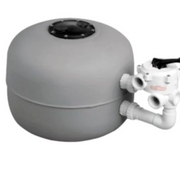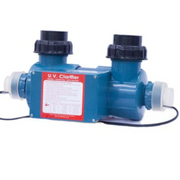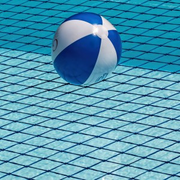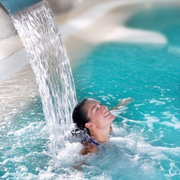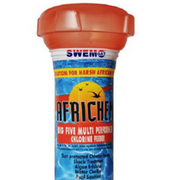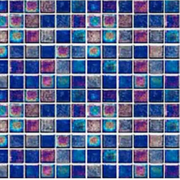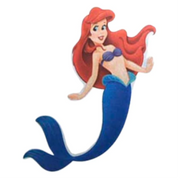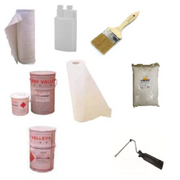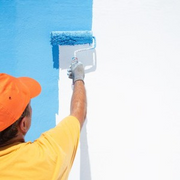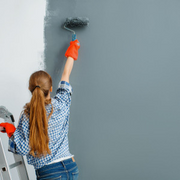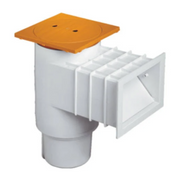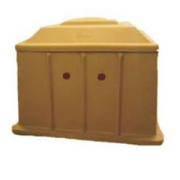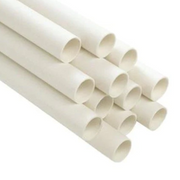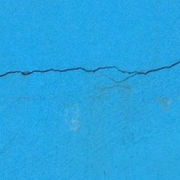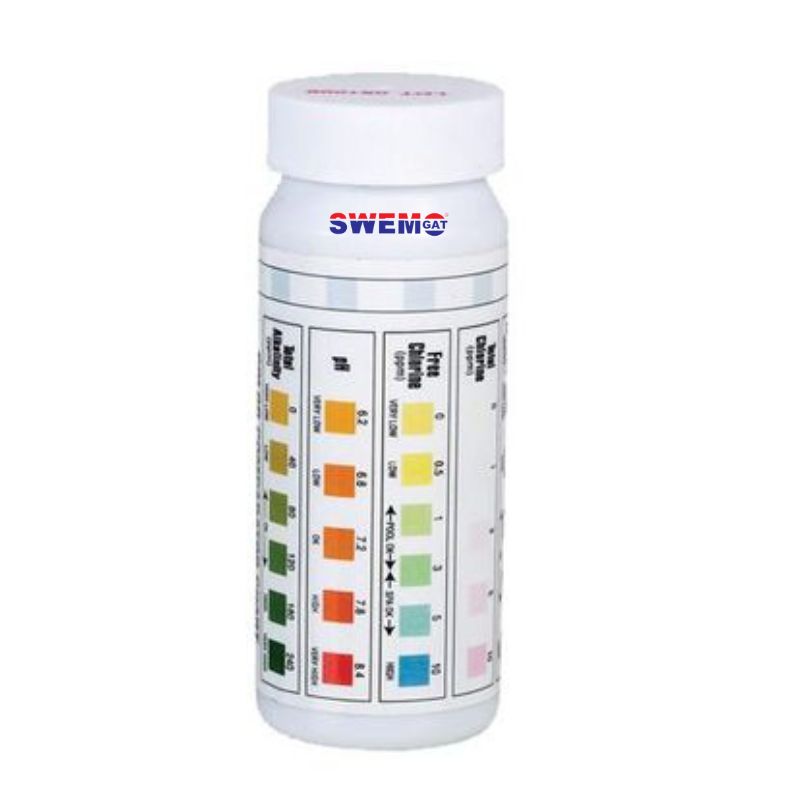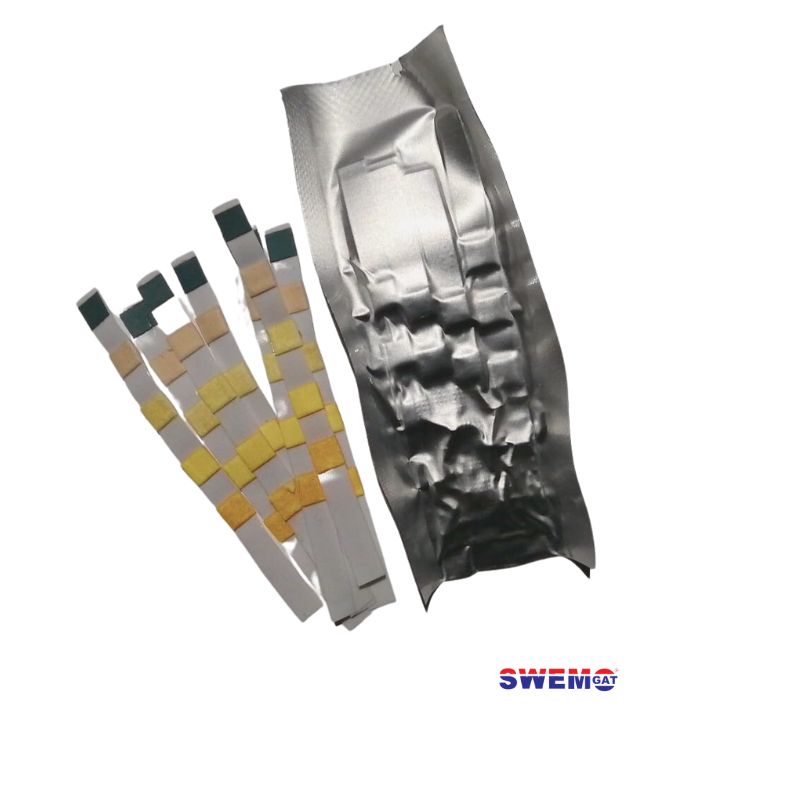5 in 1 Test Strip for Swimming Pool Water - TH, TC, FC, pH, TA
5 in 1 Test Strip for Swimming Pool Water - TH, TC, FC, pH, TA
Couldn't load pickup availability
Estimated Delivery Time (click here)
Estimated Delivery Time (click here)
Cape Town, Durban, Gauteng: 7 Days | Other areas: 9 Days | Sorry, no delivery to outlying areas and farms.
5-in-1 Test Strips, tests for 5 important parameters in order to keep swimming pool water in balance.
- TH - Total Hardness
- TC - Total Chlorine
- FC - Free Chlorine
- pH - Potential of Hydrogen
- TA - Total Alkalinity
WATER BALANCING BASICS
How often to test water?
- Every second week
- Or every second day to determine the correct chemicals to correct the water balance when the colour of the water is not crystal clear
With today's modern test strips, all parameters are tested in one go, but we suggest that you focus on adjustment of only one parameter at a time to determine the chemical to be added.
- First - Test and Adjust Total Alkalinity (if it needs adjustment, add chemicals and then retest after 48 hours of the circulation pump running)
- Test and Adjust pH (if it needs adjusment, add chemicals and retest after 5 hours of the circulation pump running)
- Add Sanitizer to Your Water (retest after 2 days)
- Measure Total Hardness and adjust Calcium Hardness (if required)
Total Alkalinity (TA)
Total alkalinity refers to how much alkaline is in the water, but you can't fully know the importance of total alkalinity without referring to pH because the two influence one another. Low alkaline water leads to low pH and high alkaline water leads to high pH. A pool should have a total alkalinity level of 100 ppm.
- To raise TA add Africhem Africhem Boost & Buffer
- To lower TA add liquid pool acid or dry pool acid
pH Levels
Keeping your pH levels within the proper range is important for both swimmer comfort and keeping your equipment and finish in good condition. pH refers to the acidity or baseness of your pool water. A properly balanced pool has a pH level is in the range of 7.2 to 7.8
The scale has levels from 0 to 14. 0 to 7 reflects a low or acidic pH, and 8 to 14 means the pool has a base pH level. Low pH readings mean your chlorine will dissipate quickly, whereas high pH levels make chlorine inactive. This means that the money you're spending on chlorine is, unfortunately, wasted.
- To raise pH add Africhem Boost & Buffer
- To lower pH add liquid pool acid or dry pool acid
Calcium Hardness (TH)
The right amount of calcium in pool water is crucial. Too little and your pool's surface can begin "chalking" and erode. Too much and your water could become murky, scale formations could appear, and stains might begin to form. 200 to 400 ppm is the general range for calcium hardness levels.
- To raise Hardness add Africhem Calcium Chloride
- To lower Hardness add fresh water or stop using HTH chlorine. Rather use Africhem TriChlor pills
Free Chlorine (FC) & Total Chlorine (TC)
The most efficient way to sanitise your pool and keep swimmers safe is with chlorine. Bacteria from swimmers' bodies, debris or animals can enter and contaminate pool water. All of these are reasons for adding chlorine to your pool.
- To increase or maintain Free Chlorine level - add Africhem TriChlor pills on top of the weir vacuum lid or in a floating pill dispenser or use an Africhem Big 5 floater
The ideal level of Free Chlorine is 1 to 3 ppm (parts per million). Free Chlorine (FC) is the available chlorine that kills bacteria and keep water healthy. As soon as FC combines with bacteria or other nasty stuff it is called "Combined Chlorine" or so-called Chloromines.
We want the "Combined Chlorine" to be less than 0,2ppm or Zero.
- In order to removed Combined Chlorine, add a lot of HTH (calcium hypo chloride) to the water. This is called "chlorine shock treatment". Normally, a dose of 3 to 6 cups per 50 000L pool will be enough.
These test strips do not measure the level of "Combined Chlorine", but it can be calculated with the following formula:
Combined Chlorine = Total Chlorine - Free Chlorine
Example:
- Total Chlorine = 10
(when the colours on the bottle is compared with the test strip after dipping it into the pool) - Free Chlorine = 5
- Combined Chlorine = 10 - 5 = 5ppm
EAN BARCODE NUMBER: 6098402830848
